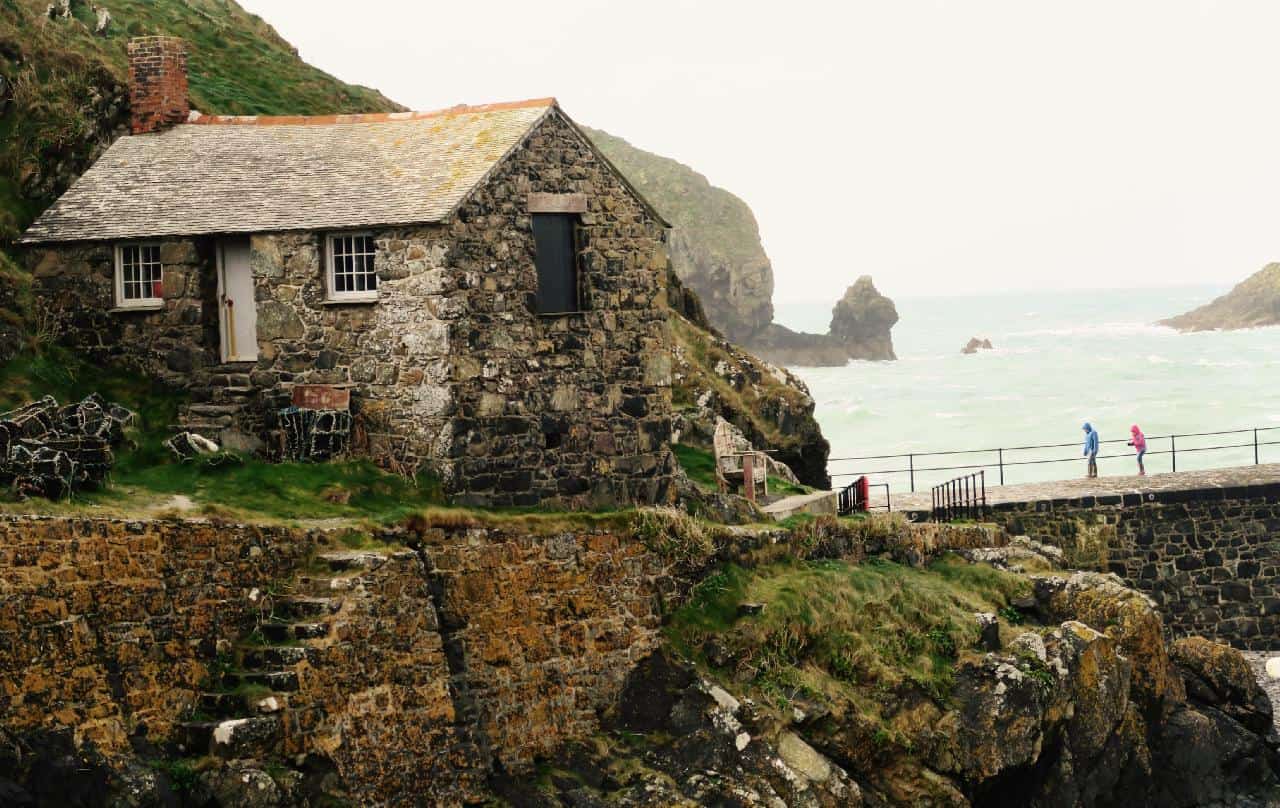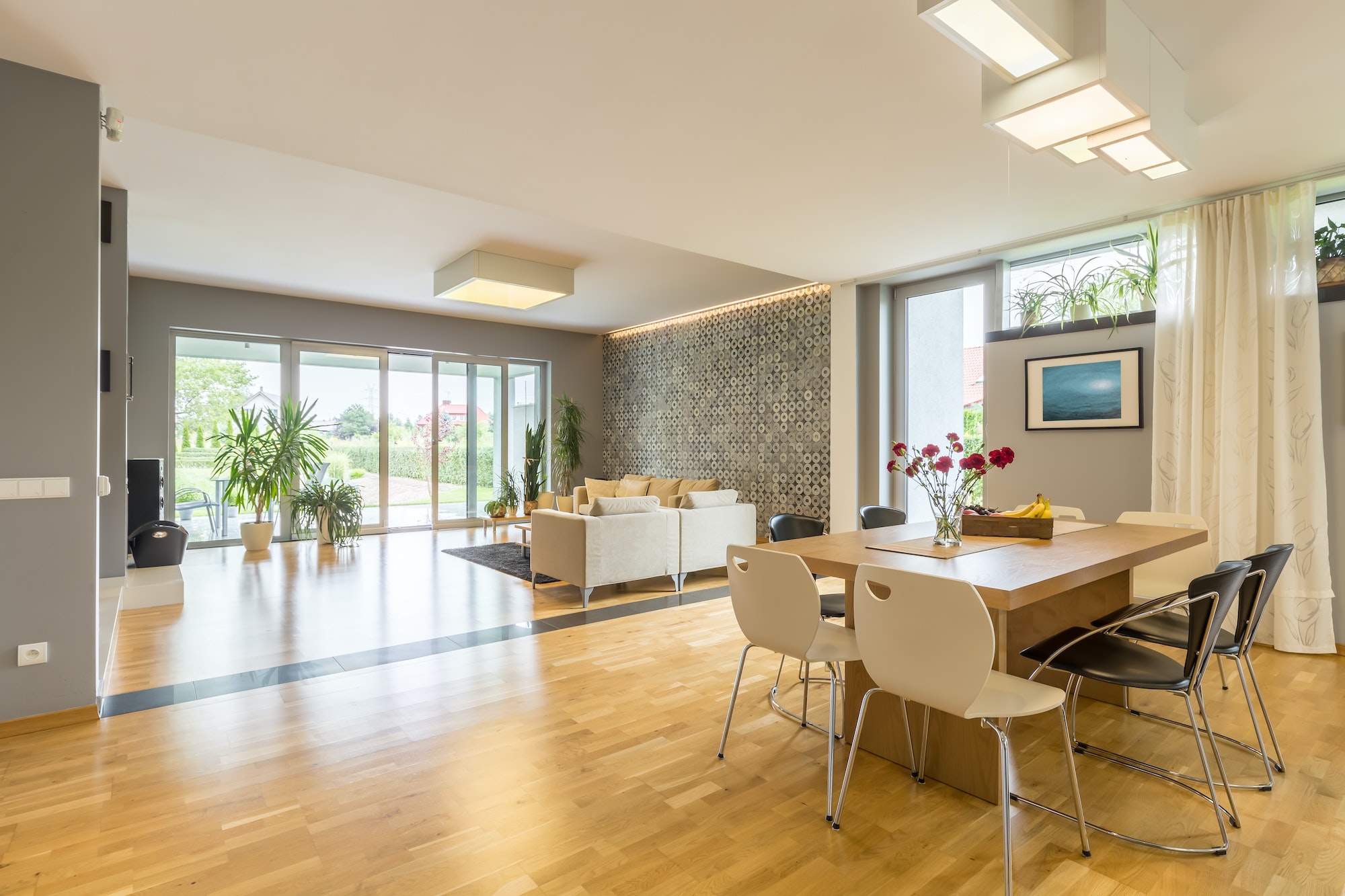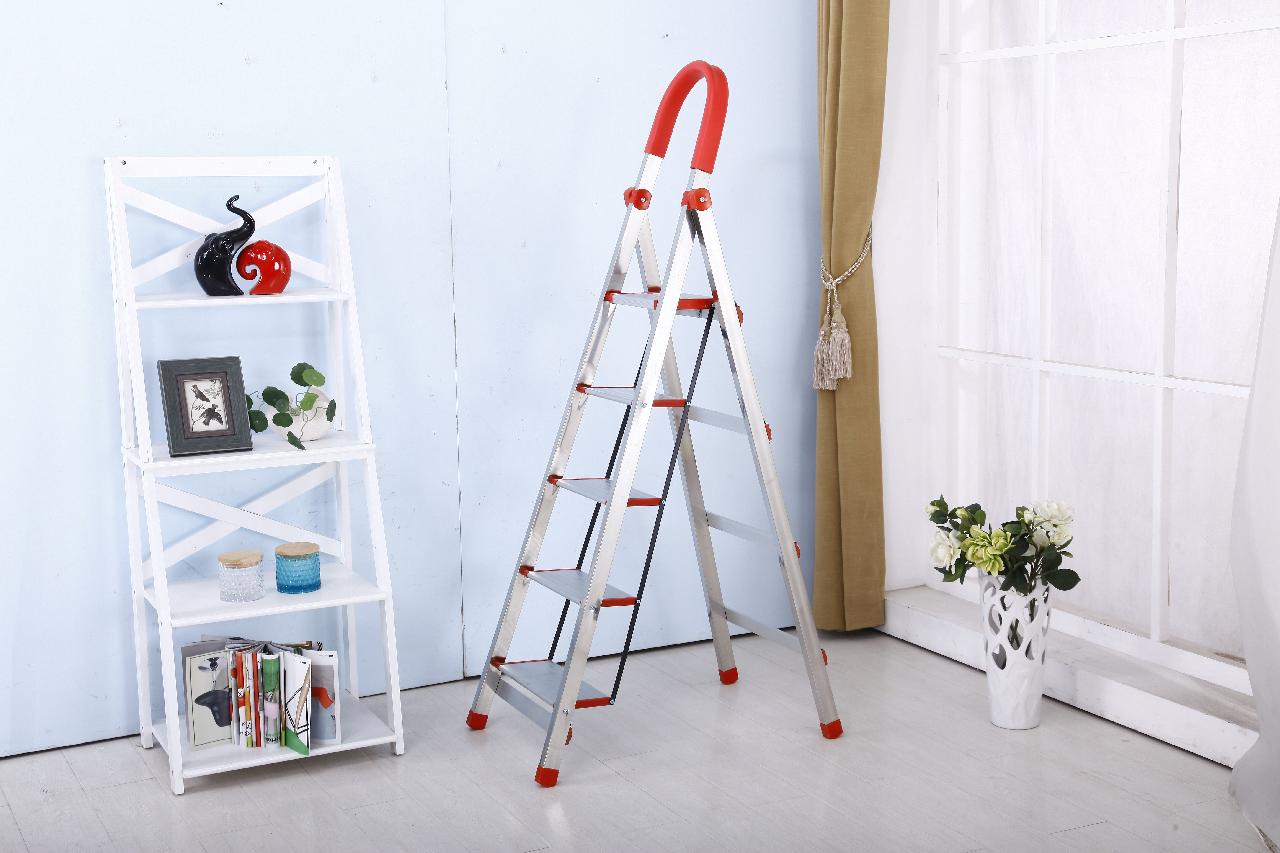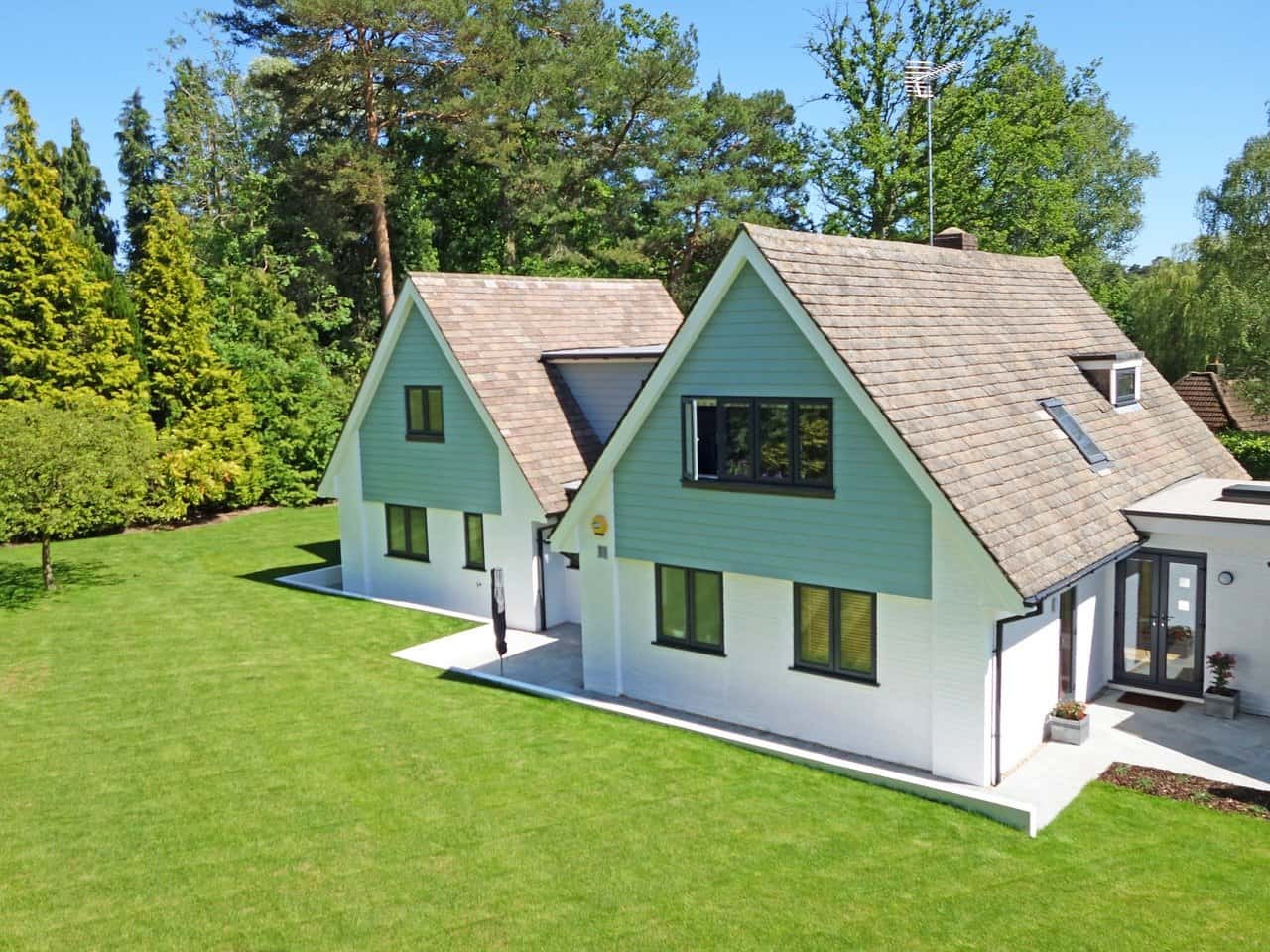Mold is easily recognized on foods, but did you know it can also lurk in your walls and other places in your home?
Even though it’s hard to estimate how many homes have mold, it’s likely around 70%. Is this true for your home?
Keep reading to learn more about the types of mold and dangers surrounding it.
What Is Mold?
Mold is a fungus that grows in dark and damp places. Food is one place mold thrives, but it’s also possible to populate in homes, cars, and anywhere else where there are water and darkness. Favorable places where mold grows in your home would be kitchens, bathrooms, basements, and crawlspaces.
The appearance of mold can be green, white, black, and even purple depending on the type of mold it is.
Types of Mold You Need to Watch For
There are variations in mold, so it’s important to recognize which ones are harmful and which ones are not. A mold sampling protocol can help you identify dangerous mold.
Here are a few types of mold you need to be aware of.
- Stachybotrys
Have you ever heard the term ‘black mold’? If so, they were likely referring to a type of mold called Stachybotrys.
Stachybotrys is extremely dangerous and toxic, not only to adults but to children as well. It can induce flu-like symptoms, gastrointestinal problems, and even affect your brain function.
Stachybotrys has an appearance that is indeed blackish or dark green and needs attention immediately.
- Aspergillus
While aspergillus is normally not dangerous, given that it’s in the air we breathe, for some people with compromised immune systems, it could be dangerous. Aspergillus can lead to an infection known as aspergillosis, which affects the lung and causes allergy-like symptoms such as wheezing, coughing, sneezing, runny nose, and so forth.
If you begin to develop any of these symptoms, contact your doctor.
- Chaetomium
You’re likely to find Chaetomium in the more hidden areas of your home such as behind wallpaper, flooring, roof, or baseboards and other places in your home prone to water damage. Chaetomium grows where there are much water and no light.
It’s similar to black mold in appearance but can also change color. If you’ve had any kind of water damage in your home, you’ll need to check for Chaetomium. Find the source of the water problem and fix it immediately to keep this type of mold out of your home.
- Acremonium
Black mold is bad, but Acremonium is just as terrible. Though it’s color and texture are opposite; acremonium has a white powdery appearance, or could even be other lighter colors such as pink or orange. You’ll find this type of mold in humidifiers, windows, or drains.
Acremonium causes a host of severe health problems like diseases to organs and other parts of the body, especially those with immunocompromised systems. It’s important to address Acremonium immediately before health problems escalate and become worse and start affecting the brain.
No More Mold
While there are tons of different types of mold, these are some of the most dangerous types. Keep an eye on your home today to ensure your family’s health and safety.
Want to learn more about interior design? Visit our webpage today for inspiration!
Discover more from Futurist Architecture
Subscribe to get the latest posts sent to your email.




We’ve been pretty worried about our house after we went on vacation and a couple of storms passed by it. It really helped when you explained that Chaetomium is regularly found in between baseboards or flooring after water damage happens because we planned to do some renovations after vacation because our house wasn’t as durable as we wanted it and we fear that the recent storms have caused mold to form. We’ll be sure to call a mold removal service before we return to help us get rid of any in case they did form. Thank you for the article!